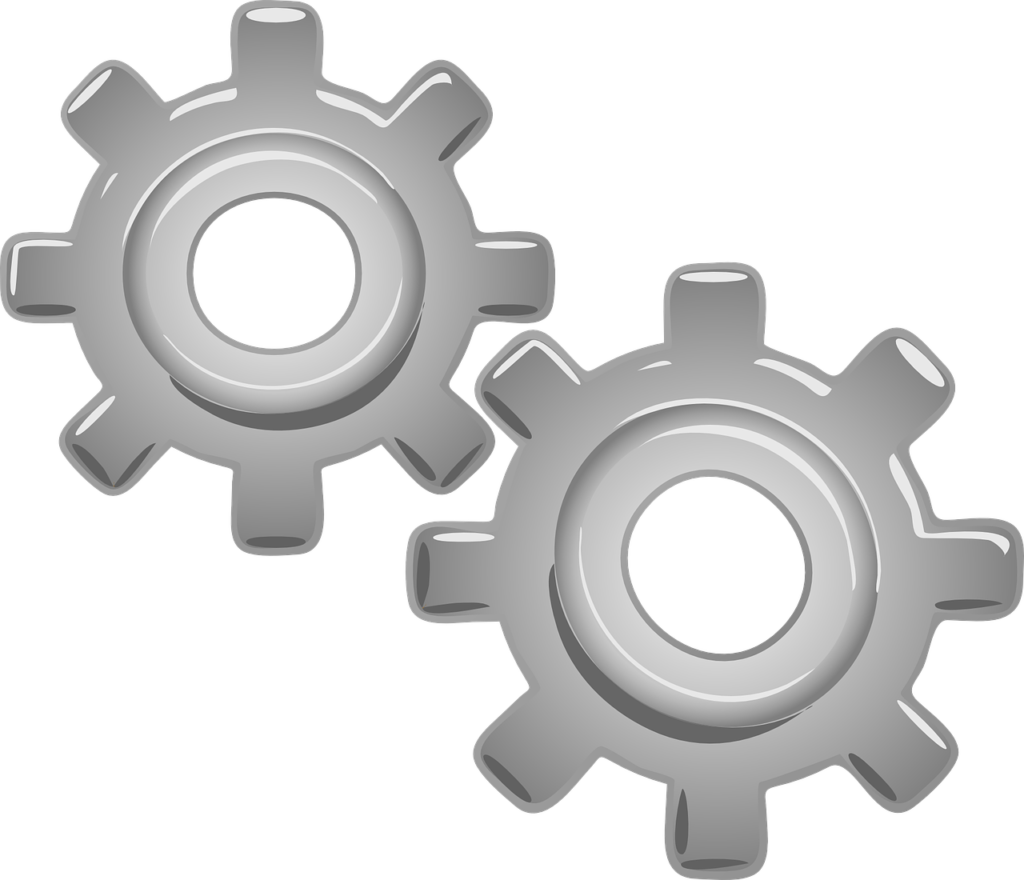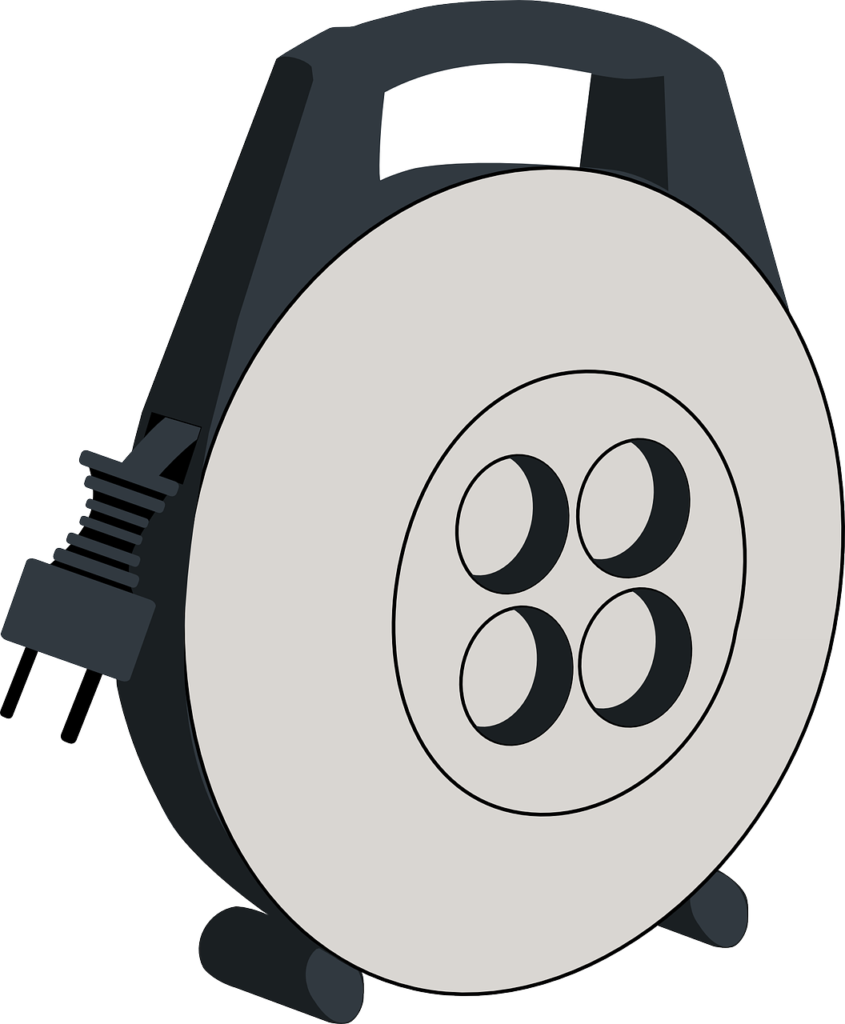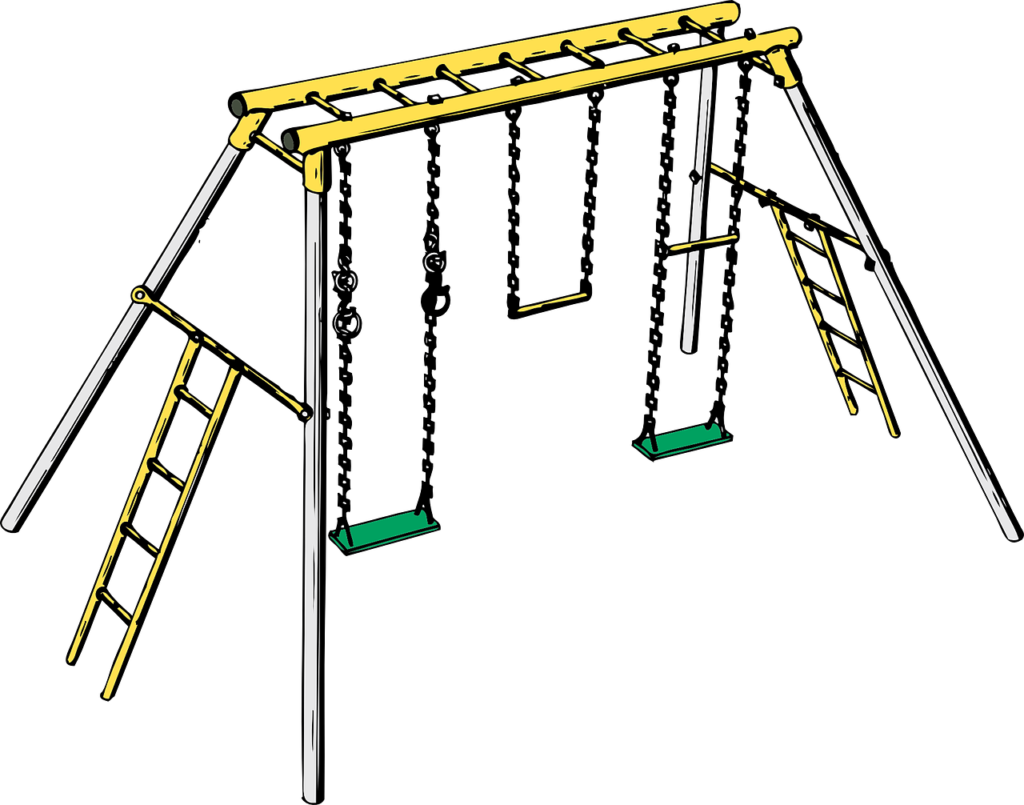ChatGPT is a state-of-the-art language model developed by OpenAI, designed to simulate human-like conversations. It’s an impressive technology that has been used for a variety of applications, including chatbots, customer service, and language translation. However, it’s important to understand that ChatGPT has its limitations, and there are several things you may not want to hear about it. In this blog post, we will explore nine things you don’t want to hear about ChatGPT.

1. ChatGPT is not a human being While ChatGPT is designed to simulate human-like conversations, it’s important to understand that it’s not a human being. Unlike humans, ChatGPT lacks emotions and personal experiences, which can impact its responses. For example, if you ask ChatGPT how it feels about a particular topic, it will provide a response based on the data it’s been trained on, rather than based on its emotions or personal experiences. This can result in responses that feel impersonal or robotic.
2. ChatGPT’s responses are generated based on patterns and data analysis ChatGPT generates responses by analyzing patterns in the text it’s been trained on. This means that it doesn’t have the ability to reason or understand concepts in the way that humans do. For example, if you ask ChatGPT to explain a complex scientific concept, it may provide a response based on the patterns in the text it’s been trained on, rather than based on a deep understanding of the concept itself. This can result in responses that are technically correct but lack nuance or deeper understanding.
3. ChatGPT can make mistakes Despite its impressive capabilities, ChatGPT is not infallible. It can make mistakes, just like humans. However, unlike humans, ChatGPT can learn from its mistakes and improve over time. For example, if ChatGPT provides a response that is incorrect or inappropriate, its developers can analyze the mistake and adjust its algorithms to improve its future responses.
4. ChatGPT may not have the same values or beliefs as you ChatGPT’s responses are based on the data it’s been trained on. This means that its values and beliefs may differ from humans. For example, if 4. ChatGPT is trained on a dataset that contains biased or discriminatory language, it may unintentionally reproduce that bias in its responses. It’s important to approach ChatGPT’s responses with this limitation in mind and to be aware of the potential for bias.
5. ChatGPT’s training data may contain biases Bias in AI training data is a significant issue, and ChatGPT is not immune to it. If the training data contains biases or discriminatory language, ChatGPT may reproduce that bias in its responses. For example, if ChatGPT is trained on a dataset that contains a disproportionate amount of language from a particular demographic group, its responses may reflect that bias. It’s important to be aware of this limitation and to take steps to address bias in AI training data.
6. ChatGPT is not infallible Despite its impressive capabilities, ChatGPT is not perfect. There are certain questions or topics that it may struggle with, just like humans. For example, if you ask ChatGPT a question that requires a deep understanding of cultural context, it may struggle to provide an accurate response. It’s important to approach ChatGPT’s responses with this limitation in mind and to be aware of its potential limitations.
7. ChatGPT does not have free will ChatGPT generates responses based on algorithms, rather than based on free will. This means that it doesn’t have the ability to make choices or decisions in the way that humans do. For example, if you ask ChatGPT to make a choice between two options, it will provide a response based on the data it’s been trained on, rather than based on personal preferences or opinions. This can result in responses that feel automated or lacking in creativity.
8. ChatGPT is not a replacement for human interaction While ChatGPT is a powerful technology, it’s important to remember that it’s not a replacement for human interaction. ChatGPT’s responses lack the depth, emotion, and personal touch that humans provide in conversations. While ChatGPT can be useful in certain contexts, such as customer service or language translation, it’s important to recognize that it’s not a substitute for human interaction.
9. ChatGPT is constantly learning and evolving as it is trained on new data. This means that its responses may change or improve over time. For example, if it is trained on a new dataset of medical literature, it may be able to provide more accurate and helpful responses to medical questions.
Conclusion: While ChatGPT is an impressive technology with a wide range of applications, it’s important to understand its limitations. ChatGPT is not a human being, and its responses are generated based on patterns and data analysis. It may make mistakes, and its training data may contain biases. It’s important to approach ChatGPT’s responses with a critical eye and to recognize that it’s not a replacement for human interaction. By understanding these limitations, we can use ChatGPT effectively and responsibly.






